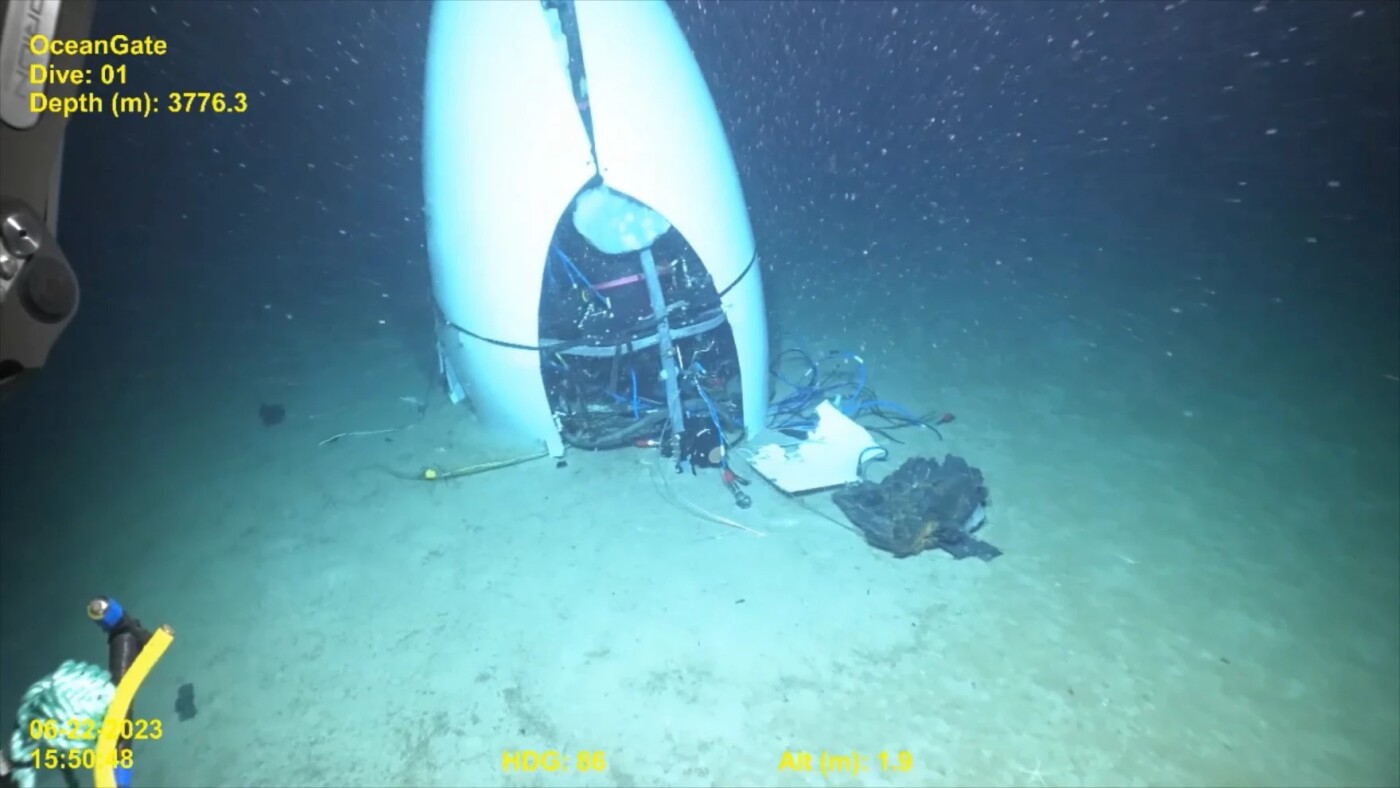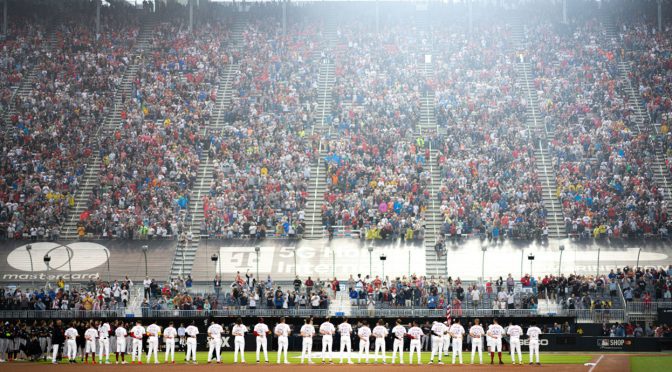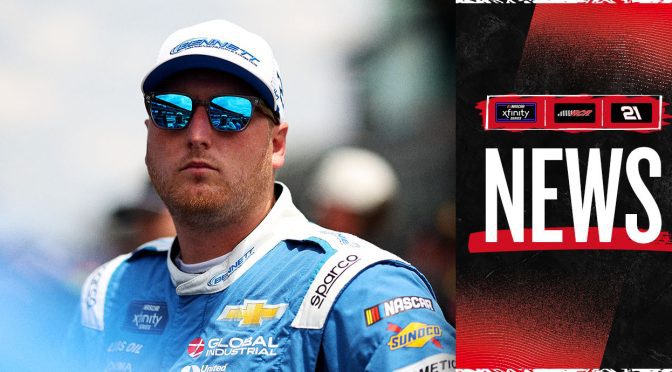NASCAR Driver Released from Hospital After Scary Victory Lane Fall

Introduction
NASCAR driver Connor Zilisch was released from the hospital after suffering a scary fall in victory lane at Watkins Glen. The 18-year-old was celebrating his first career Xfinity Series win when he slipped and fell down while walking towards the podium. This incident caused immediate concern and NASCAR officials quickly confirmed that Zilisch was taken to a nearby hospital for evaluation.
Medical Update
Following the accident, NASCAR released a statement saying that Zilisch was awake and alert. The young driver was evaluated at the hospital and released shortly after with no major injuries. Zilisch later took to social media to thank fans for their support and assure them that he was doing well. This incident serves as a reminder of the risks that drivers and teams face in the high-stakes world of NASCAR.
Impact on Future Races
Although Zilisch was fortunate to avoid any serious injuries, this incident highlights the importance of safety precautions in the sport. NASCAR has implemented new measures to ensure the well-being of its drivers, including improved safety equipment and protocols. This accident serves as a reminder of the potential risks involved in motorsports and the need for constant vigilance and precautions. Zilisch's release from the hospital is a relief for fans and a reminder that safety must always remain a top priority in the racing community.
About the Organizations Mentioned
NASCAR
NASCAR (National Association for Stock Car Auto Racing, LLC) is a premier American auto racing sanctioning and operating company, best known for stock car racing and recognized as one of the world’s top motorsports organizations and largest spectator sports leagues in the U.S.[1] Founded in 1948 by Bill France Sr., NASCAR evolved from informal races among Prohibition-era moonshine runners in the southeastern U.S., especially North Carolina, who competed for pride and speed[1][2][3]. The organization formalized racing rules and schedules, addressing past issues with unfair promoters and chaotic events, establishing a stable, regulated sport[3][6]. Headquartered in Daytona Beach, Florida, NASCAR annually sanctions over 1,500 races across more than 100 tracks in 48 U.S. states and internationally in Canada, Mexico, Brazil, and Europe[1]. Its racing hierarchy features the premier NASCAR Cup Series at the top, followed by the Xfinity and Truck Series, with Chevrolet, Ford, and Toyota as the main competing manufacturers[1][5]. NASCAR has historically been dominated by American manufacturers, though Toyota joined in 2007, and Dodge has come and gone[5]. Key milestones include hosting its first 500-mile race in 1950 and the inaugural Daytona 500 in 1959, which solidified its signature event’s prestige and national appeal[2][4]. The 1979 live flag-to-flag TV broadcast of the Daytona 500 dramatically boosted NASCAR’s visibility, coinciding with a major snowstorm that drove large audiences indoors[4]. The France family has maintained leadership since inception, with Jim France as CEO since 2018, continuing a private family ownership model that has fostered stability and growth[1][4][6]. NASCAR’s blend of technological innovation, competitive racing, and entertainment has expanded the sport from regional roots to a global enterprise. It combines tradition with modern business and technological advancements, appealing to motorsports enthusiasts and business







